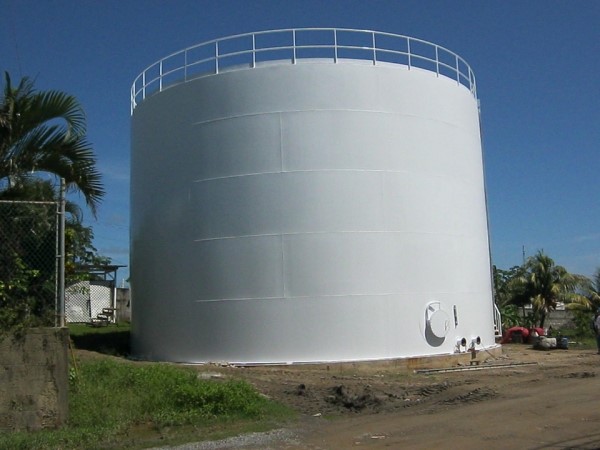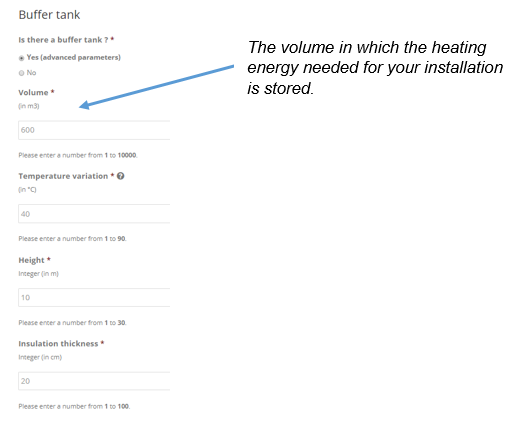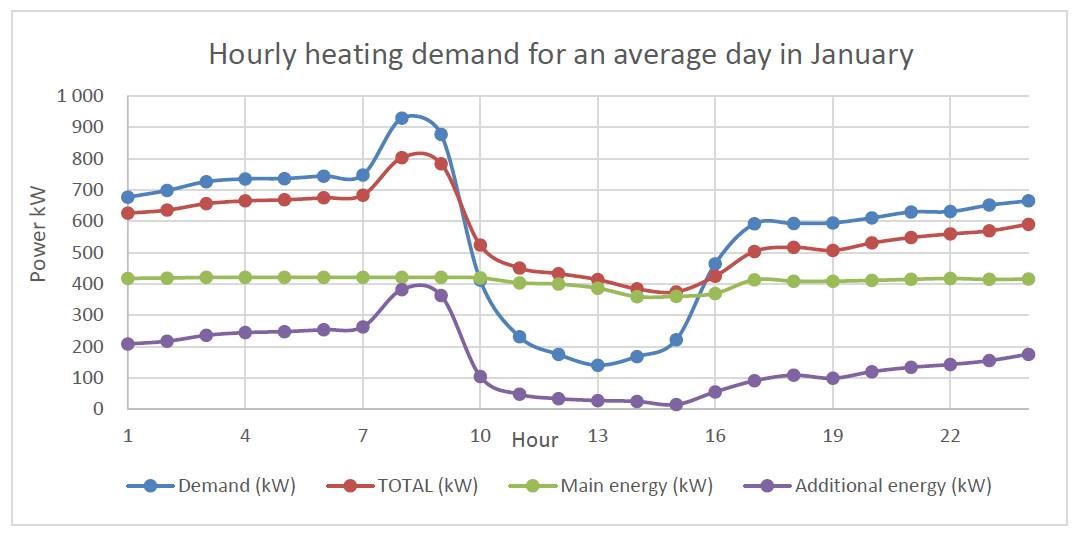Imagine a battery of energy that is ready to be distributed at any time.

There are two utilisations of a water buffer tank : the first one with gas boiler and the second one with biomass/waste heat boiler.
How does it work ?
Gas boiler : the container stores the heat energy generated in the gas boiler during daytime CO2 supply, when heating demand is the lowest.
Waste heat boiler : it uses the heat in flue gases from combustion processes or hot waste air flows from industrial processes to generate hot water.
What are the Hortinergy parameters ?

The volume of a buffer tank is generally around 300 m³ per hectare.
As regards temperature variation, it is calculated according to the difference between the heat production temperature and the heat emission temperature of the boiler.
For instance, if the heat production of the boiler is 85°C and the heat emission temperature is 60°C, the temperature variation equals 85-20=65°C.
Hereunder a case study of biomass boiler’s heating demand, the buffer tank running on 410 kW.

On the one hand, the periods during which heating demand is under the main energy allow the water buffer tank to warm up. For instance, in this graphic, the water buffer tank is storing heat energy from 10 am to 3.30 pm.
On the other hand, during the rest of the day, when heating demand is above the main energy, water buffer tank is providing continuously heat energy to the system in which it is installed.

Comments are closed.